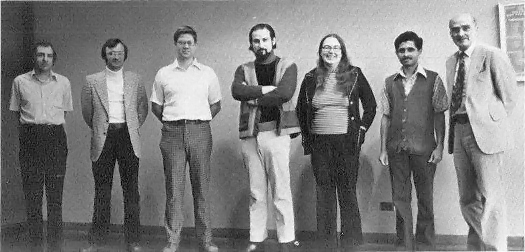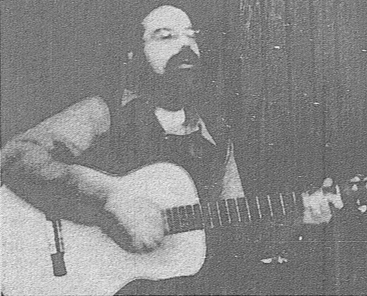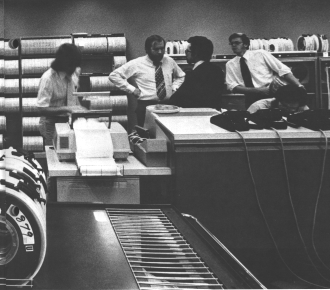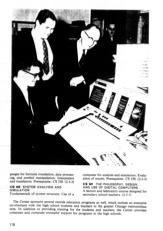1970
Supported by graduate courses created by Charles Bauer, the Information Science Center under Peter Lykos began offering the M.S. for Teachers in Information Science.
1971
The Department of Computer Science was organized in the fall of 1971. The M.S. in Information Science was renamed the M.S. in Computer Science, and two bachelor's degrees were introduced, the B.S. in Computer Science and the B.S.L.A. (Bachelor of Science in Liberal Arts) in Computer Science.
The transition from the Information Science Center to the Department of Computer Science was aided by carrying over the ISC staff, Robert Dewar and instructors Mark Condic, Charles Fisher, and Richard Weiland, who had come to Illinois Tech from the Information Science program at the University of Chicago.
Illinois Tech hired Robert G. Tobey away from Argonne to head the new department. He was known for his work as a co-developer of FORMAC, one of the first systems for symbolic computation.
Anthony Wojcik was hired, with his Ph.D. fresh from the University of Illinois, to develop and teach courses in computer architecture.
The new department hired high school teachers to lead lab sections for first-year CS courses; nowadays exceptional undergraduate students are given this experience.
1972
The department started to recruit students for its Ph.D. program, newly designed by Robert Dewar and Robert Tobey.
Robert Dewar and his students released SPITBOL, a fast and robust SNOBOL4 compiler. SNOBOL (String Oriented Symbolic Language) used string pattern matching as its basic operation, with patterns more powerful than those now found in (e.g.) Perl. SPITBOL was soon used world-wide and is still available, under the GPLv3 license. (See http://code.google.com/p/spitbol.)
Illinois Tech hosted an IEEE tutorial conference on Concepts in Design of Computer-Oriented Systems. Topics included industrial process control, telecommunication switching systems, database design, logic design, integrated circuits, and reliability of digital systems.
Just to show you that computer scientists are not all work and no play, here's instructor Rick Weiland singing at the weekly coffeehouse at nearby St. James.
1973
The department expanded the Ph.D. program and also hired Wing Huen, who had just received his Ph.D. from Carnegie-Mellon University in operating systems.
1974
Peter Greene was hired to begin the program in artificial intelligence. He had been teaching at the University of Chicago after earning his Ph.D. in Mathematical Biology there.
Also admitted were two excellent Ph.D. candidates, James Vandendorpe and Thomas Christopher. Both became instructors, earned their Ph.D. degrees, and joined the faculty as Assistant Professors.
1975
Robert Dewar left Illinois Tech for New York University, where he wrote the first Ada compiler (with the help of Edmond Schonberg) and designed and developed the software architecture for several microcomputers.
Martha Evens, fresh from Northwestern University, was hired to teach Dewar's compiler courses, information retrieval, and natural language processing. She was the department's first faculty member with a Ph.D. in Computer Science.
1976
Carma McClure defended the department's first Ph.D. in Computer Science and went on to become a world-famous author and lecturer on software engineering. Wing Huen left for Bell Laboratories, where he designed and implemented the first operating system for the first digital switch.
1978
When Robert Tobey left Illinois Tech, Anthony Wojcik took over as Chair. He served until 1984, when he left for Michigan State University to become its chair of Computer Science.
Thanks to professors Charles Bauer, Martha Evens, Peter Greene, Peter Lykos, Ed Reingold, and Jim Vandendorpe for contributing their memories.





